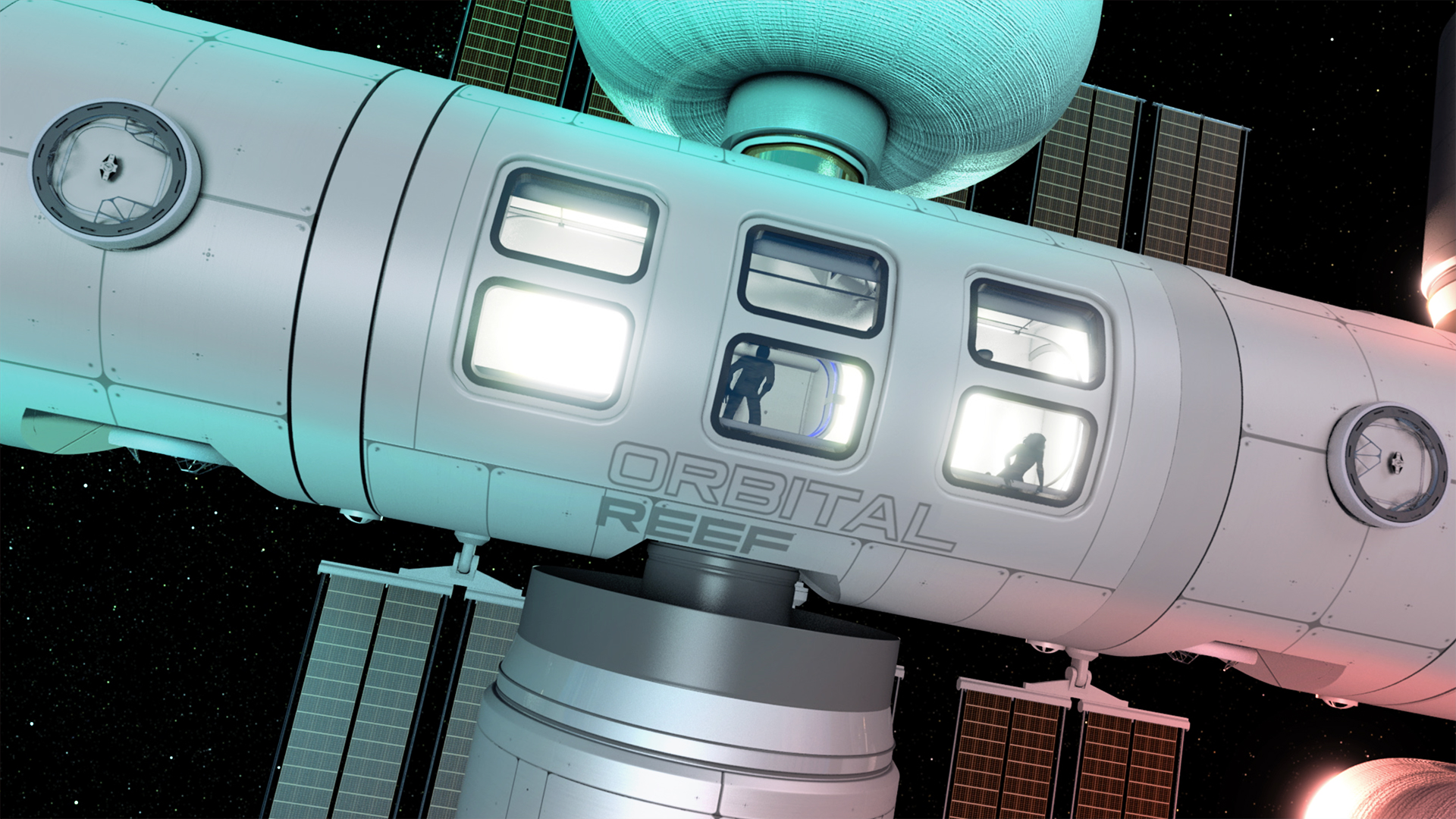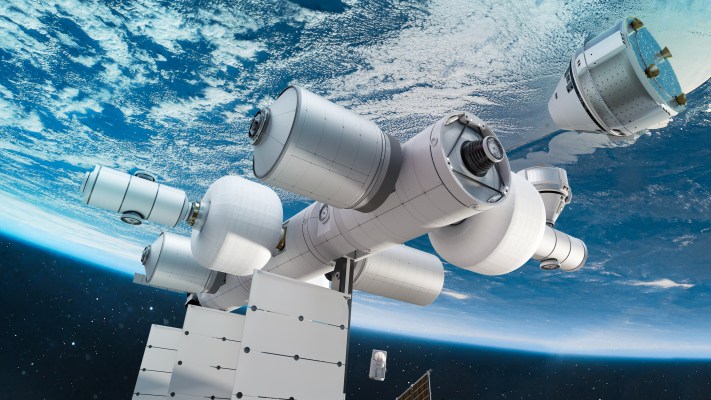The orbital real estate rush is just getting started as Sierra Space released more details on its plans to launch a private space station, with news that Blue Origin and Boeing would be joining the team to send the spacecraft to orbit in the second half of the decade.
The planned station, called “Orbital Reef,” will also include tech and services from Redwire Space, Genesis Engineering and Arizona State University. It’s the third announced commercial space station to date, coming just days after Voyager Space, Nanoracks and Lockheed Martin laid out their own plans for a commercial space station, which the group says will launch in 2027. Axiom Space is also planning a commercial station.
Sierra Space originally announced its plans for a commercial space station in April of this year, part of a growing chorus of private companies looking to replace the soon-to-be-retired International Space Station. The company, a division of Sierra Nevada Corporation, has been developing a large inflatable LIFE (Large Integrated Flexible Environment) habitat, which will be used for Orbital Reef. This latest news builds on those earlier announced plans.
Orbital Reef will operate as an “off-world mixed use business park,” Blue Origin’s senior VP of advanced development program, Brent Sherwood said during a media event Monday. The space station could be used for many commercial purposes, including scientific research, manufacturing, media, entertainment and tourism, he mused. Orbital Reef will be capable of hosting 10 people once fully operational, and its internal volume will be around 90% of the current volume of the ISS.

Image Credits: Orbital Reef (opens in a new window)
Blue Origin will be providing core modules, utility systems and, crucially, the company’s heavy-lift New Glenn launch system. Boeing will conduct station operations, the science module and provide its Starliner crew spacecraft to ferry humans to and from the station. Redwire will provide microgravity research tech and in-space manufacturing, as well as payload operations and deployable structures.
Maryland-based Genesis Engineering is developing a single-person spacecraft for routine operations and tourism purposes, while Arizona State University will lead a consortium to offer research advisory services.
“The microgravity environment provides a whole new arena for scientific and commercial discovery,” Redwire’s executive VP for civil space and external affairs Mike Gold said. “We truly believe that the countries and companies that master microgravity research, development and manufacturing will be the global economic leaders of the future.”
What’s less clear is how much the station is anticipated to cost. Company executives declined to specify exactly how much capital they’ll each be putting into the project, or the overall total anticipated investment. “The question you’re asking is part of our business case and [we’re] not going to give you a specific number,” Sherwood said.
NASA is planning on investing up to $400 million on initial space station proposals as part of its Commercial Low Earth Orbit Destinations project, but that money will be stretched between multiple proposals, and is likely to be just a fraction of the overall cost to develop and launch even a single station. Last month, NASA told CNBC that the agency had received “roughly about a dozen proposals” from companies vying for some of those funds.
The other major piece of the puzzle is the launch capabilities of Blue Origin’s New Glenn, Boeing’s Starliner and Sierra Space’s Dream Chaser spaceplane. None of these vehicles have yet reached space, though Boeing is looking to try another test launch of Starliner in the first half of 2022. Blue Origin plans to launch New Glenn in the fourth quarter of this year, while Sierra Space has a contract with NASA for seven missions to the ISS using Dream Chaser.
The story was updated to include additional details about Orbital Reef.
